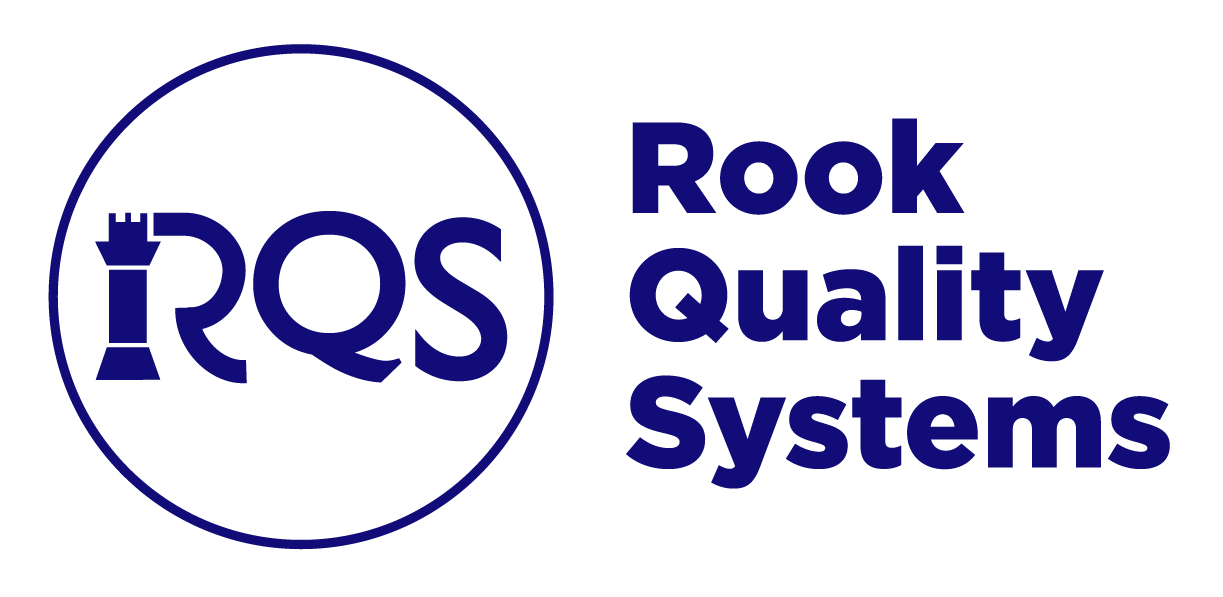What is ISO 13485?
ISO 13485:2016 is an internationally recognized Quality Management Systems (QMS) standard tailored specifically for the medical device industry. Its primary goal is to ensure manufacturers meet regulatory requirements, improve product safety, and maintain consistency in quality processes.
The standard aligns closely with global regulatory frameworks, including the FDA’s Quality System Regulation (QSR) and the European Union Medical Device Regulation (EU MDR). It provides a structured approach to managing risks, enhancing product reliability, and meeting customer expectations.
Key Objectives
The ISO 13485:2016 standard sets out to achieve several critical objectives:
- Regulatory Compliance: Meet the legal and regulatory requirements of global markets.
- Risk Management: Implement proactive measures to reduce potential product and operational risks.
- Consistency in Product Quality: Standardize processes to ensure consistent, repeatable outcomes.
- Traceability: Enable clear documentation and tracking of products throughout their lifecycle.
- Continuous Improvement: Establish processes for ongoing evaluation and optimization of the QMS.
Ready to ensure your medical device meets ISO 13485:2016 standards with confidence? Contact Rook Quality Systems and let our experts guide you to compliance success.
Documentation Requirements
1. Quality Manual
The Quality Manual serves as the foundational document of your QMS. It outlines your quality management processes’ scope, structure, and objectives.
Key Inclusions:
- Quality policies and objectives
- Roles and responsibilities within the QMS
- Process maps and workflow diagrams
2. Medical Device File
The Medical Device File (MDF) compiles essential documentation related to a medical device, including product specifications, manufacturing procedures, and safety evaluations.
Key Inclusions:
- Design documentation
- Manufacturing processes and protocols
- Validation and verification records
3. Document Control
Document control ensures that every document related to QMS is accurate, approved, and up-to-date.
Best Practices for Document Control:
- Centralized document repository
- Version control mechanisms
- Regular review and approval cycles
4. Control of Records
Records are essential for demonstrating compliance and traceability. These include manufacturing records, CAPA reports, and customer complaint logs.
Retention Best Practices:
- Secure storage for long-term access
- Clear indexing for easy retrieval
- Audit trails for all updates
Key Components
Management Responsibility
Leadership is at the core of an effective QMS. Top management must commit to:
- Establishing clear quality objectives
- Conducting regular management reviews
- Ensuring active participation in QMS initiatives
Resource Management
Adequate resources are critical for maintaining compliance and product quality.
Focus Areas:
- Personnel Competence: Regular training and certification programs.
- Infrastructure: Adequate equipment and maintenance schedules.
- Work Environment: Cleanroom facilities, contamination controls.
Product Realization
This component covers the entire product lifecycle, from concept to delivery.
Key Stages:
- Design and development planning
- Risk management integration
- Validation and verification processes
Continual Improvement
Continual improvement ensures the QMS remains effective and responsive to changing requirements.
Tools for Improvement:
- Internal audits
- CAPA (Corrective and Preventive Actions)
- Performance monitoring KPIs
Comparison with ISO 9001
While both standards share the Plan-Do-Check-Act (PDCA) cycle, ISO 13485 focuses specifically on medical devices, with a stronger emphasis on risk management and regulatory compliance.
| Aspect | ISO 13485 | ISO 9001 |
|---|---|---|
| Focus | Medical devices | General industries |
| Risk Management | Mandatory | Recommended |
| Regulatory Alignment | Strong emphasis | Limited emphasis |
Benefits of ISO 13485:2016
Enhanced Product Safety
ISO 13485 ensures every stage of the product lifecycle prioritizes safety, reducing risks for end-users.
Regulatory Compliance
Adhering to ISO 13485 simplifies meeting global regulatory requirements, including FDA QSR and EU MDR.
Improved Customer Confidence
Certification demonstrates a commitment to quality, building trust with customers, regulators, and partners.
Operational Efficiency
Standardized processes minimize errors, reduce waste, and improve overall productivity.
Certification Process
Achieving certification typically follows these steps:
- Gap Analysis: Identify areas requiring alignment with ISO 13485 requirements.
- QMS Development: Implement processes, documentation, and training.
- Internal Audit: Evaluate QMS readiness and address non-conformities.
- Certification Audit: An accredited body assesses compliance for certification approval.
Preparation and proactive issue resolution are key to avoiding common pitfalls during certification.
Achieve Compliance with Confidence
Achieving and maintaining ISO 13485:2016 compliance is essential for ensuring product safety, regulatory alignment, and market success. At Rook Quality Systems, we simplify this complex process with tailored solutions and expert guidance.
Our team ensures your QMS aligns with ISO 13485 standards efficiently and effectively. Reach out to us today to take the next step toward compliance and operational excellence.
